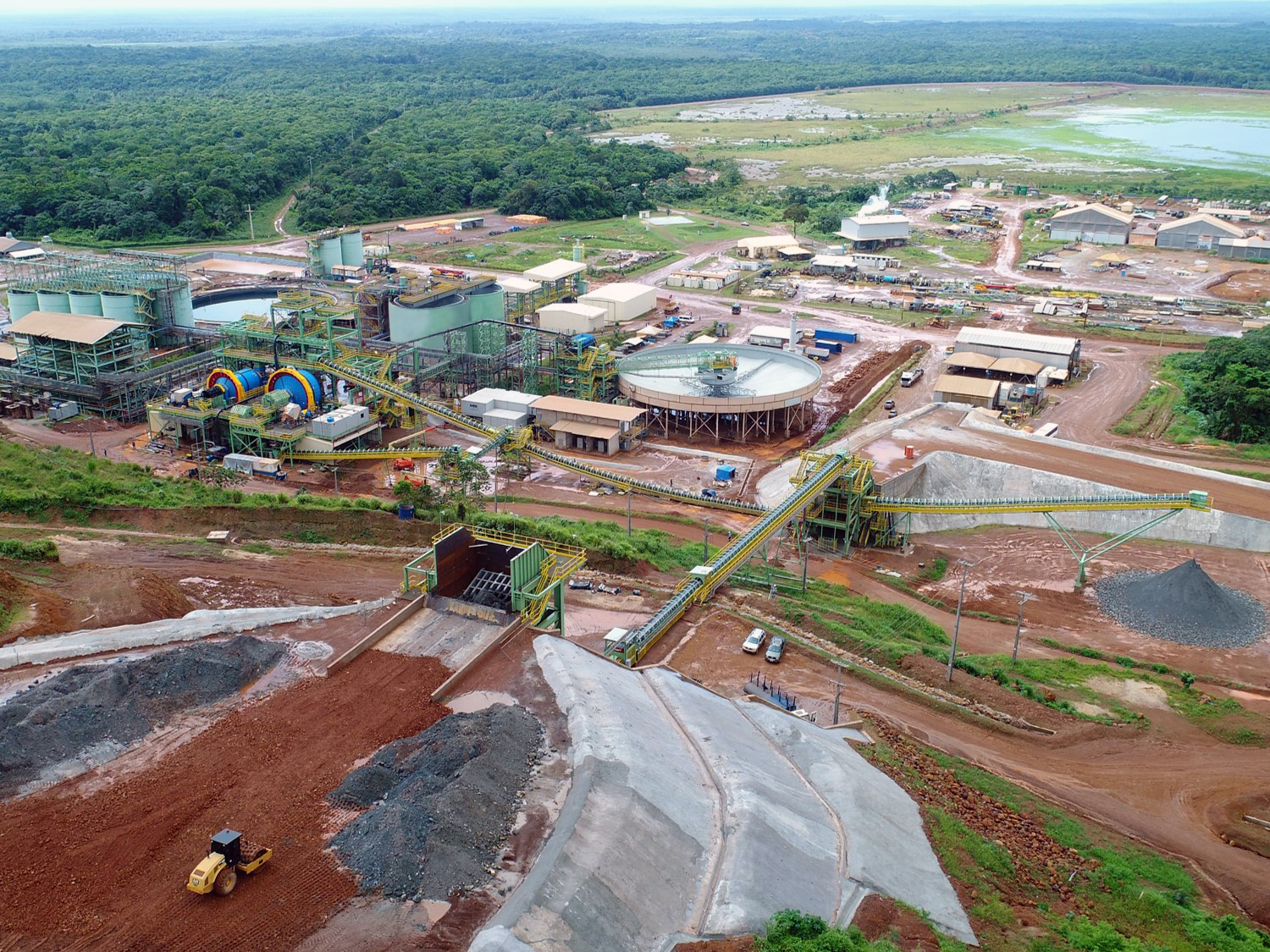Morrow Batteries issues Impact Report for 2022
MarrowThe report outlines the comprehensive structure and processes built to ensure sustainability across the company and its value chain.
“We make no compromises on quality, safety, and sustainability. 2022 has been a great year in many ways for Morrow, but I am particularly pleased that we have established a robust system for managing social and environmental risks. We know that making high-performance batteries available fast and at scale will make a difference,” says Morrow CEO Lars Christian Bacher.
If all of Morrow’s batteries went to the transport sector, well over 15 million tonnes CO2 equivalents would be avoided each year – equalling emissions from using more than five million fossil fuel cars over one year. The calculation is based on expected battery volumes produced in one year (43 GWh) and assumes active battery materials produced on-site in Arendal[1].
“Our battery production is powered 100 % by renewable clean energy and is designed in close partnership with owners ABB and Siemens. Together we are creating production processes that are energy and resource efficient and offer important sustainability gains through reduced scrap rates, energy savings and closed loops”, says Dr. Stina Torjesen, Sustainability Director at Morrow Batteries.
Morrow is currently preparing for high levels of recycled minerals into new battery production, efficiently utilise production scrap, and lower overall scrap rates. Long-term, the company will also enable fully circular battery value chains where old batteries are collected, content extracted, and used in new production.
The Impact Report is launched on LinkedIn at 10am CET. Follow the live broadcast here.
1] Our calculation is based on three contributing factors: (1) The batteries replace internal combustion engines for cars, (2) production of Morrow’s future LNMO battery cells will emit less emissions compared to NMC cells, (3) generating electricity from solar energy at Eyde Energy Park (factory roofs). Over 15 million tonnes (our precise figure is 15.8 million tonnes) greenhouse gas emissions each year is equivalent to emissions from annual use of 5.4 million fossil fuel cars.
Share this content:














